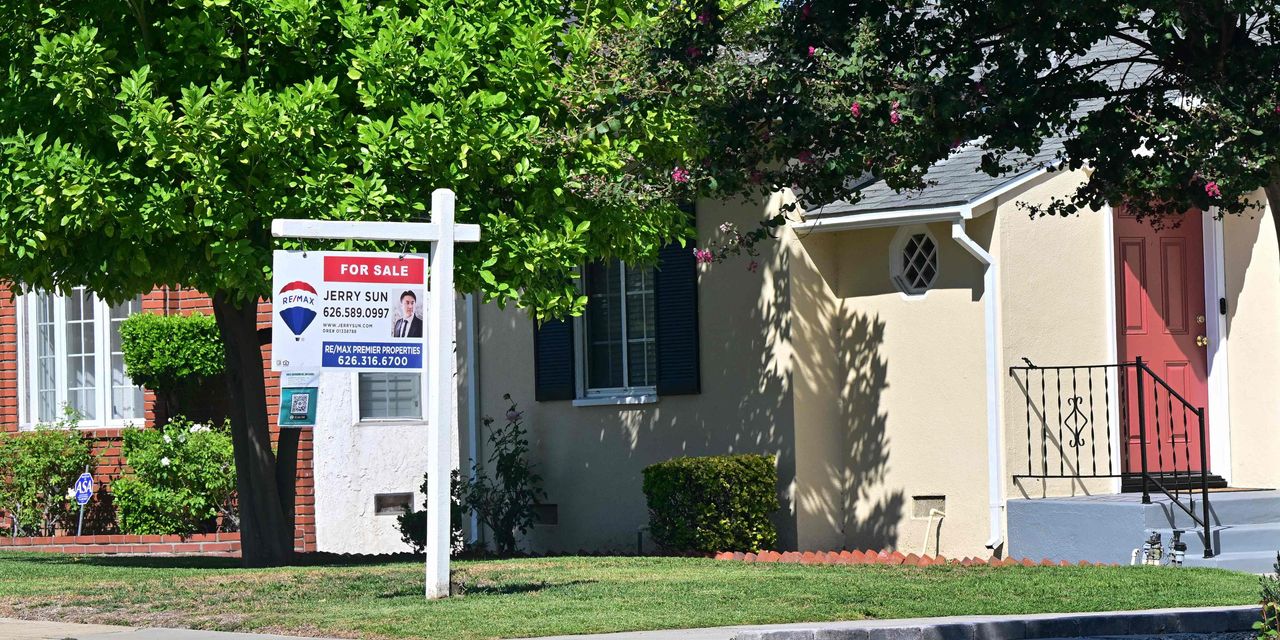The numbers: Home buying demand dropped as U.S. mortgage rates rose for the fourth week in a row to the highest level since 2000.
Mortgage demand dropped to the lowest level since 1996 as rates surged across the board due to a recent jump in Treasury yields.
An increase in rates across the board hurt demand for both refinancing and purchase applications. That led to a decline in the market composite index, a measure of mortgage application volume, the Mortgage Bankers Association (MBA) said on Wednesday.
The market index fell 6% to 178.2 for the week ending September 29 from a week earlier. A year ago, the index stood at 218.7.
Key details: Home buying and refinancing demand dropped as rates on all mortgage products.
Buyer demand has dried up. The purchase index — which measures mortgage applications for the purchase of a home — fell 5.7% from last week. Purchase applications were at the lowest level since 1995.
Refinancing demand also fell in the face of higher rates. The refinance index dropped 6.6%.
The average contract rate for the 30-year mortgage for homes sold for $726,200 or less was 7.53% for the week ending September 29. That’s up from 7.41% the week before, the MBA said.
The rate for jumbo loans, or the 30-year mortgage for homes sold for over $726,200, was 7.51%, up from 7.34% the previous week.
The average rate for a 30-year mortgage backed by the Federal Housing Administration rose to 7.29% from 7.16%.
The 15-year rose to 6.86% from 6.73% from the previous week.
The rate for adjustable-rate mortgages rose to 6.49% from last week’s 6.47%. More buyers turned to ARMs in the latest week as rates are lower, with the share increasing to 8%.
The big picture: Rates rose in the latest week, but with the 10-year yield over 4.8%, rates are likely to go even higher. Some buyers are already being quoted 8% rates, some lenders say. Overall, higher rates mean more pain for mortgage lenders and the U.S. housing market.
Until the U.S. Federal Reserve stops hiking rates, mortgage rates are broadly expected to stay high. But that will only happen when the economic data shows signs of a slowing U.S. economy.
What the MBA said: ”The purchase market slowed to the lowest level of activity since 1995, as the rapid rise in rates pushed an increasing number of potential homebuyers out of the market,” Joel Kan, deputy chief economist and vice president at the MBA, said in a statement.
Market reaction: The yield on the 10-year Treasury note
BX:TMUBMUSD10Y
was over 4.8% in early morning trading Wednesday.
Read the full article here










